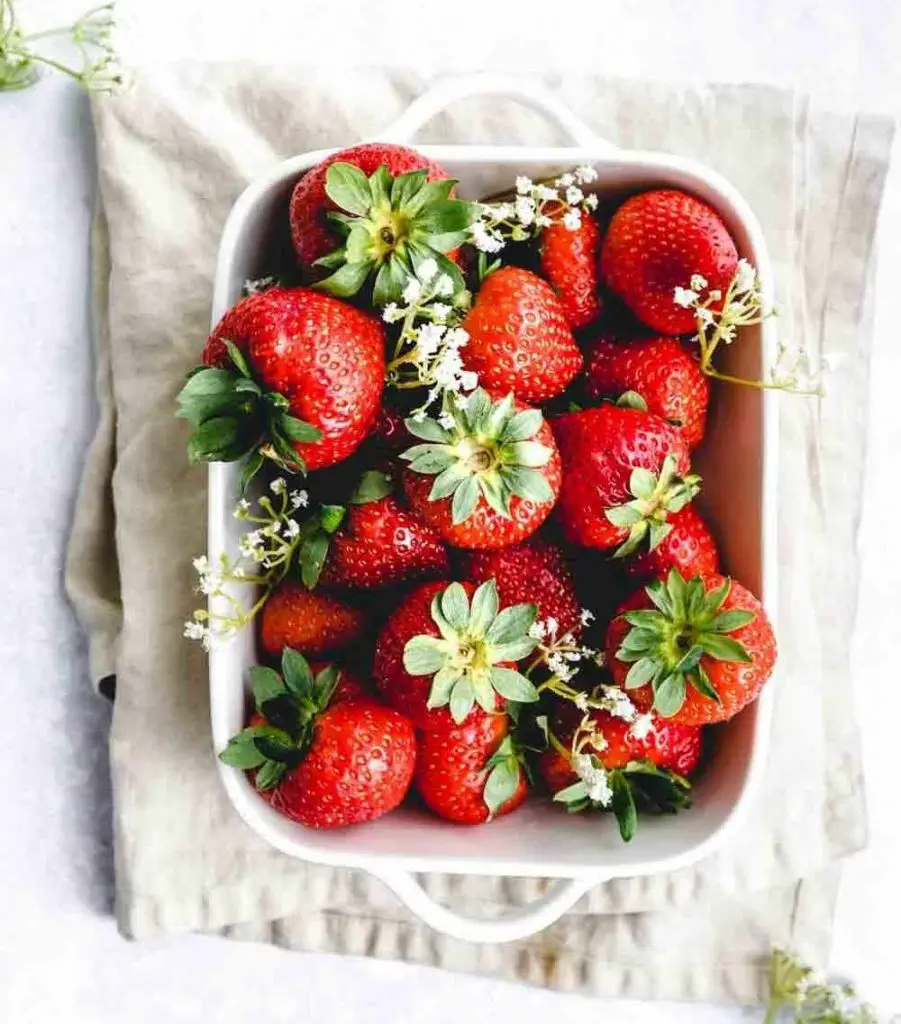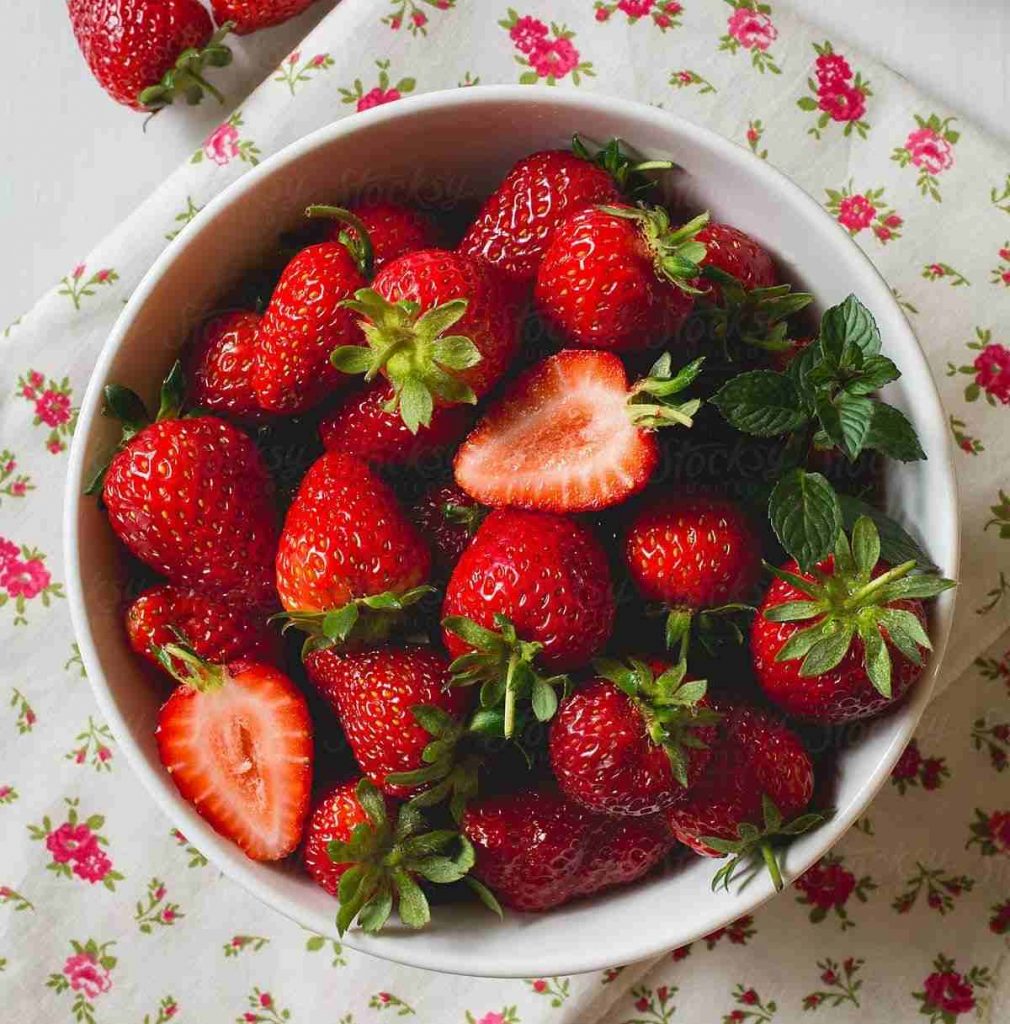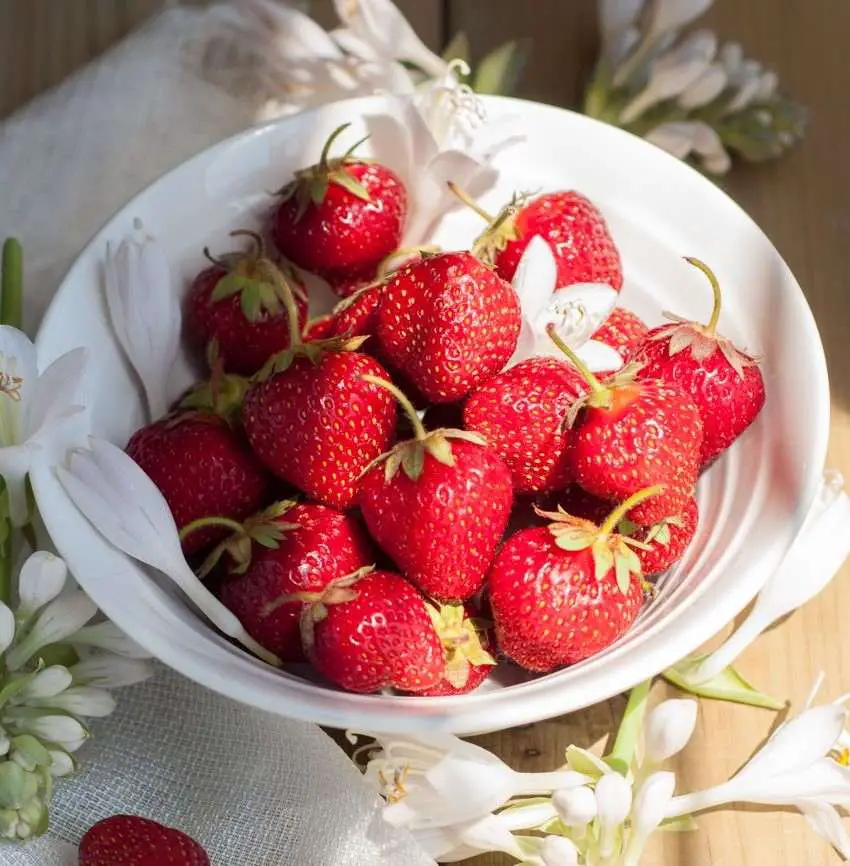Strawberries, unlike most other fruits, bloom on plants that grow near the ground and produce their runners for reproduction.
Strawberry plantings in Arkansas are divided into two seasons.
What month do you plant strawberries?
Planting in the Spring
For a more natural growing season, most home growers prefer to plant strawberries in the spring.
In Arkansas, spring plantings begin in mid-April, when the ground has frozen to 55 to 60 degrees Fahrenheit and is suitable for young strawberry plants.
Planting in the Fall
Many professional strawberry producers plant their strawberries in the fall to enable the plants to take root and develop themselves throughout the winter to prepare for early spring blossom.
When planting strawberries in the fall, it is critical to cover them with organic or plastic fertilizer to protect them during the winter.
Growing strawberries in rows make it easier to gather the fruit.

The rows are separated by dirt mounds 5 to 6 inches in height and 6 to 12 inches in width.
Strawberries may be planted on little hills if you lack sufficient room in your field for rows.
The Master Gardeners of Santa Clara County recommend a depth of 6 to 8 inches, a width of 5 to 7 inches, and a length of at least 18 inches.
Do strawberries grow well in Arkansas?
Growing strawberries in rows make it easier to gather the fruit.
The rows are separated by dirt mounds 5 to 6 inches in height and 6 to 12 inches in width.
Strawberries may be planted on little hills if you lack sufficient room in your field for rows.
Seascape strawberries are another little strawberry plant that will only develop to 8 inches tall but expand up to 24 inches wide, so give your Seascape strawberries plenty of room to spread.
There are two USDA-released types available: Tribute and Tristar.
Tribute produces slightly larger yields and is said to be the most flavorful of the two.
For the yearly hill or plasticulture method, commercial strawberry producers in Arkansas employ Chandler, Camarosa, and Sweet Charlie types.
Because of the vulnerability of these kinds to diseases and the necessity for soil fumigation, this training strategy is not suggested for garden cultivation.
How long does it take for a strawberry plant to bear fruit?
Strawberries may develop an overall red hue by becoming fully ripe before being harvested in the home garden.
The sugar concentration is maximum, and the taste is the finest then.
During the peak of the season, harvesting must be done every day or every other day.
To avoid bruising, pick the berries gently by the stems.

Pick everything ripe since it will not last till the next harvest.
Ripe strawberries can be stored in the refrigerator for a day or two.
Transplants are scheduled between late September and mid-October.
Berries may be collected 7 to 8 months after planting in the strawberry plasticulture system.
Overhead or drip sprinkler irrigation systems are used to water plants and protect them from frost during their establishment.
How late can you plant strawberries?
The agriculture research team of Arkansas, the Arkansas Agricultural Experiment Station, undertook a three-year study to give revised recommendations for fall strawberry planting in the Natural State.
For a late planting date study, researchers established test plots of Chandler strawberry plants from the end of September to the early days of October at the Division of Agriculture’s Southwest Research and Extension Center in Hope and the Fruit Research Station near Clarksville for the 2018-2020 growing seasons.
The researchers also looked into the use of fall-applied row coverings, which might help to keep young strawberry plants warm enough just to continue growing crowns as air temperatures drop.

Strawberry crown formation in the fall is critical because crowns eventually generate flowers that mature into strawberry fruit in the spring.
If you plant strawberries late in the fall, you can keep plants warmer row cover and help them continue forming crowns throughout the fall, resulting in a little increase in production the following spring.
However, even if the delay is only one week, the use of row cover can never compensate for the lack of sunlight caused by late planting.
They said that if plants are planted too late in the fall, there are simply not enough days for the plant to grow sufficient crowns before the plants go inactive due to decreasing temperatures, resulting in fewer blooms and fruit the following spring.
